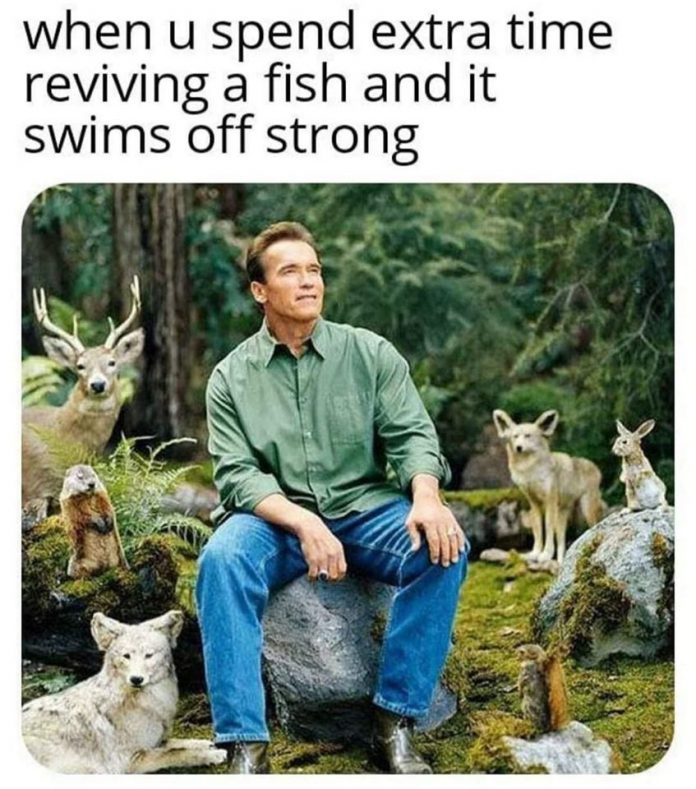12 “killer” flats fishing tips
By Captain Mel Berman, 970-WFLA
** Ever since the precedent setting Florida Net Ban became law, the ranks of flats anglers have grown exponentially. And, at the risk of sounding somewhat elitist, the vast majority of anglers working the bays and bayous are not really very good at it. Therefore I present for your consideration 12 steps that you can take which should bring your flats fishing skill level up a notch or two.
1. Our first tip goes right to the “jugular.” It’s the shorthand way to make wondrous leaps in your flats fishing capabilities. The quickest way to learn your way around the flats is to spend three or four trips with an experienced friend or area fishing guide. They not only with educate you to the kinds of terrain to search in your quest for fish, they’ll also freely give pointers on the type of tackle required, the best baits, artificial and natural, and how to deploy them for most effective results.
2. One of the major lessons learned during these guided outings are the types of habitat where most inshore gamefish can be found. You could employ the best baits and techniques, use top-of-the-line tackle, and be spinning your wheels if the are no critters lurking about. Thus, the major key to unlocking the door to successful flats fishing is simply to “be where the fish are!” So, on that first couple of trips with a guide or experienced friend, pay attention to where he or she is looking for fish. Make a mental note of the kind of habitat, water depth, etc. that ultimately produces fish. Then, go out on your own and “practice, practice, practice!”
3. Reds, snook, sea trout and other species generally prefer very shallow grass flats near mangroves or sandy areas. Snook especially like the security of dense mangrove stands. Thus, your productively spend your angling time learning how to throw a lure or live bait at the base of the mangroves. Reds and trout also will hang in close to these structures. If not, they get that sense of security hanging along the edges of potholes and drop-offs. Just wore these three area types during the right tides and weather conditions, and you too should become a more proficient flats angler.
4. Once you locate these prime pieces of fishing real estate, open those big blue eyes. Look around for any unusual disturbance of the water’s surface. Often you can observe fish foraging for food in the grasses. Reds do this all the time, digging down in the grasses and moss to dig out the tasty little morsels of food inside the watery vegetation. Unwittingly, their tail fins protrude out of the shallow water, revealing their location. This is called “Tailing,” and since they are in an eating mode, they are prime candidates to strike your baits, and strike with a vengeance. This is called “sight-fishing”… one of the most exciting and rewarding of all flats fishing techniques.
5. When no fish are sighted, you can simply “blind-cast” into these likely places until a hook-up is achieved. Then you can work the area with artificials or live baits. I call some lures my “fishfinders.” Simple ¼-oz gold spoons can be cast of a radius of good bottom until you get a fish’s attention. Most species can’t resist that shiny piece of metal wobbling by, and will try to snare it.
6. Most fish prefer hanging around the edges of the sandy areas. Therefore, it is best to cast your bait into the center of a sand hole and work it slowly back toward the grass edge.
7. Chumming with live pilchards over a spot will frequently get the attention of the snook or reds. They will respond by attacking these chum baits. Those areas of attack would be precisely where you should toss your hooked baits.
8. Check your tide charts and solunar tables. Most of the time the fish will only bite on a moving tide. If an incoming or outgoing tide is combined with a major or minor solunar period, chances are you’ll have lots of hook-ups.
9. The most effective baits are live shrimp and pilchards. Artificial lures might not produce as much, but they are fun to use. Work an area by casting in all directions to find the hungry fish.
10. Topwater plugs are a big favorite, because of the ‘explosion” an angler witnesses when a fish strikes. Learn how to properly work the plug for best production.
11. The most effective artificial baits are small spoons and most lightweight jigs. With spoons, you simply cast it out, then slowly reel it in with just enough speed to keep it from getting snagged in the grassy bottom.
12. Use the lightest weight jig heads fitted with either plastic shad or grub tails. Bucktail jigs also produce outstanding results. Just cast the jig out. Then, before it has a chance to grab the bottom, jig it up and let it drop again. The fish will generally bite on the drop. Many also get hook-ups by simply casting and slowly retrieving the jig.
- Jay Mastry - March 26, 2024
- Captains Corner, Gorta - March 23, 2024
- Dave Zalewski - March 12, 2024











